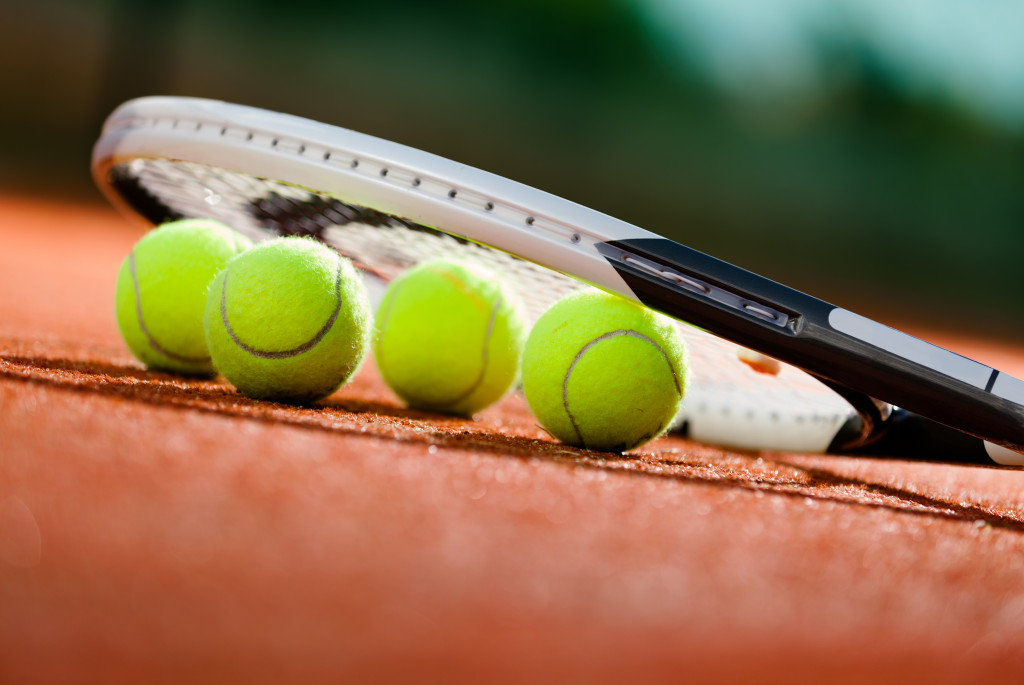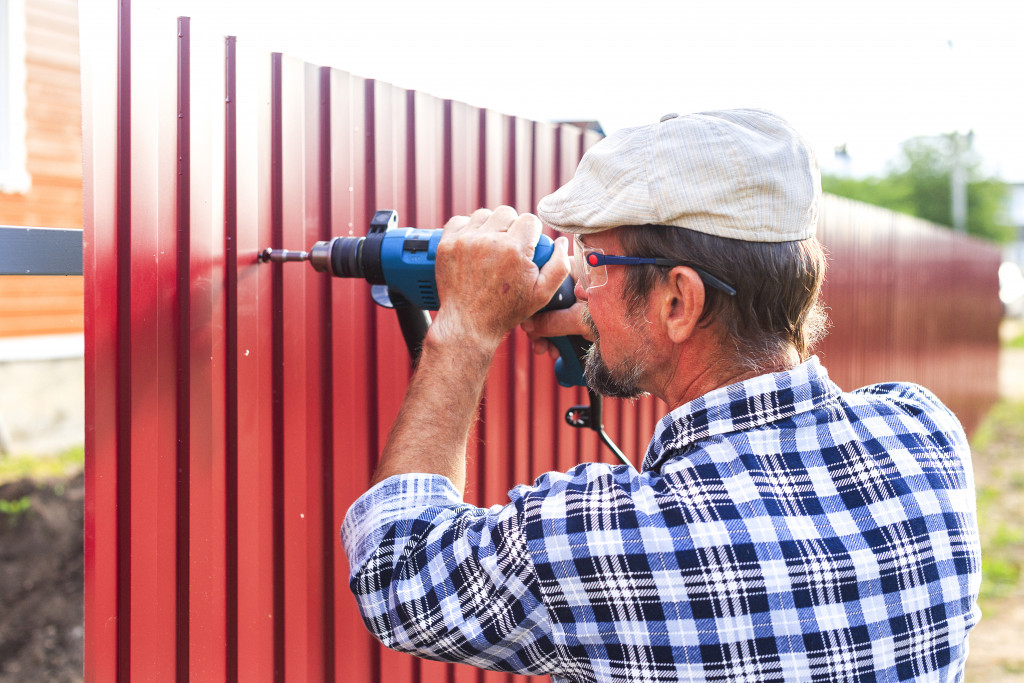- Personal racket sports courts offer convenience, cost savings, privacy, and a sense of personal accomplishment.
- Court planning involves location selection, layout, dimensions, markings, and proper flooring and surface selection.
- For accurate dimensions and materials, court design and construction require tennis, squash, badminton, and pickleball experts.
- Equip your court facility with high-quality sport-specific equipment, lighting, and accessories to enhance the playing experience.
- Prioritize safety and security measures, including eliminating hazards, securing the facility, and installing security cameras.
For fitness enthusiasts who love racket sports, having their court facility can be a dream come true. It’s a convenient way to play their favorite sports without leaving their homes, saving money on gym memberships and court rentals, and enjoying better schedules. Having your court facility offers some fantastic benefits.
Firstly, it’s convenient — play anytime without worrying about availability slots. It’s cost-effective, too; save on gym memberships and court rentals. A personal court facility offers privacy, reducing exposure to the risks of public courts. Plus, you can control court maintenance to ensure it remains in top shape.
Building your court also offers a sense of personal accomplishment, as it’s a project that requires planning, construction, and maintenance.
This blog post will explore the benefits of building a court facility, including design, construction, contractor selection, equipment, accessories, and maintenance tips. Whether you play tennis, squash, badminton, or pickleball, this guide is for you.
Designing Your Racket Sport Court Facility
Once you’ve decided to build your racket sports court, you must plan and design it. The first step is determining which sports you’ll play and whether you’ll need multiple courts. These are some ways to ensure an optimal design and functionality for your court:
Selecting the Ideal Location and Space
Choosing the right location and space for your court facility is crucial. Aim for a flat spot with garage access, if possible. Consider zoning laws and consult with local authorities. When determining space, factor in court dimensions, equipment storage, and spectator area. A good guideline is to have 5-6 feet of extra room around the court.
Court Layout, Dimensions, and Markings
Knowing the court dimensions, markings, and layouts for different racket sports is crucial. For example, tennis courts are 78 feet by 27 feet for singles and 78 feet by 36 feet for doubles.
Squash courts measure 32 feet by 21 feet, badminton courts are 20 feet by 44 feet, and pickleball courts are also 20 feet by 44 feet with a 7-foot non-volley zone in the center.
Proper Court Flooring and Surface Selection
The court surface and flooring impact your playing experience. Common types include concrete, asphalt, and clay, each with pros and cons. Concrete is versatile, durable, and affordable. Asphalt is cheaper but requires more maintenance.
Clay is elegant but demanding, needing meticulous care. Choose a surface that reduces injury risk and provides optimal traction.

Choosing and Constructing the Right Court Type
Once you have a design plan, it’s time to select the proper court type and begin the construction process. Choosing the proper court type is essential in your facility’s construction. Discover how you can make the best choice for your needs:
Importance of Hiring a Tennis Court Contractor
Hiring a contractor ensures proper court design and construction. Tennis courts require in-depth knowledge of surfacing, drainage, and court construction.
An experienced tennis court contractor will ensure that your tennis court is built to the correct dimensions, has adequate slope, proper drainage, and reliable and quality surfacing to provide a safe and enjoyable playing experience.
Expertise Needed for Squash Court Construction
Squash courts demand specific skills and knowledge, including lighting, ventilation, and equipment selection. Find a contractor who understands your needs and can advise on court dimensions and material selection.
Choosing a Contractor for Badminton Court Projects
Badminton courts require careful selection of the surface, lighting, and court dimensions. Working with a competent contractor will ensure these factors are considered, resulting in a safe and enjoyable playing experience.
Working with a Pickleball Court Expert
Working with a Pickleball court expert ensures that your pickleball court is correctly positioned, has the right dimensions, and is made of the correct materials. An experienced contractor will also ensure the court lighting is optimal for the sport you play, providing it’s always safe and enjoyable.
Equipping and Maintaining Your Court Facility
Enhance your court facility by equipping it with the right equipment and accessories to make your playing experience enjoyable. Here are some ways to enhance your court experience:
Selecting High-Quality Racket Sports Equipment
Investing in high-quality equipment is essential to take your playing experience to the next level. You’ll need quality rackets, balls, shuttlecocks, net hardware, and court lines. Choose equipment designed explicitly for your sport, and select different materials and sizes to suit various skill levels.
Installing Proper Lighting and Court Accessories
Proper lighting is crucial for day and night games. Install high-quality fixtures to illuminate your court, ensuring visibility and safety. Place lighting poles away from playing areas to prevent shadows and glare—additional court accessories to consider: trash cans, chairs, and benches.
Ensuring Safety Measures and Security
Safety comes first when installing a home court facility. Identify and eliminate potential safety hazards and secure your facility with a fence, gates, and door locks. You can also install security cameras to deter intruders and monitor your court facility remotely.

Building a racket sports court facility can fulfill a lifelong dream for fitness enthusiasts. To ensure success, choose a suitable location, set a budget, and work with experienced contractors familiar with court construction.
Follow this guide for a well-designed court that meets your needs, offering a safe and enjoyable playing experience for years.

